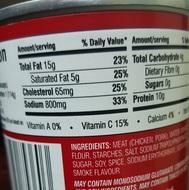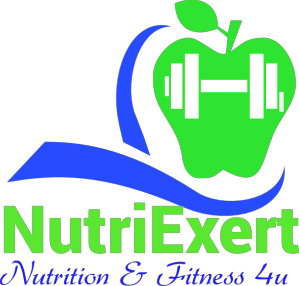Sodium is one of the body’s three major electrolytes that help to control the fluids going in and out of the body’s tissues and cells, the other two are potassium and chloride.
Sodium is part of sodium chloride, which is ordinary table salt and is also a seasoning and a preservative. The recommended adequate intake for sodium is set at 1500 milligrams for young adults, 1300 milligrams for adults aged 51 through 70, and 1200 milligrams for older adults (Personal Nutrition - Marie A. Boyle, Sara Long).
Although sodium is essential for the body’s functions, too much can be harmful for people with kidney disease or hypertension (high blood pressure).
Your body needs some sodium to function properly. Sodium:
Sodium is part of sodium chloride, which is ordinary table salt and is also a seasoning and a preservative. The recommended adequate intake for sodium is set at 1500 milligrams for young adults, 1300 milligrams for adults aged 51 through 70, and 1200 milligrams for older adults (Personal Nutrition - Marie A. Boyle, Sara Long).
Although sodium is essential for the body’s functions, too much can be harmful for people with kidney disease or hypertension (high blood pressure).
Your body needs some sodium to function properly. Sodium:
- Helps maintain the right balance of fluids in your body
- Helps transmit nerve impulses
- Influences the contraction and relaxation of muscles
- Your kidneys regulate the amount of sodium kept in your body. When sodium levels are low, your kidneys conserve sodium. When levels are high, they excrete the excess amount in urine.
- If your kidneys can't get rid of enough sodium, the sodium starts to build up in your blood
- Because sodium attracts and holds water, your blood volume increases.
- Increased blood volume, in turn, makes your heart work harder to move more blood through your blood vessels, increasing pressure in your arteries. Here we can also see how sodium can affect blood pressure, leading to hypertension

What Are The Common Sources Of Sodium?
When you must reduce the amount of sodium you eat, be aware of both natural and added sodium content.
There are three main sources of sodium:
1. Processed and prepared foods. Most sodium in a person's diet comes from eating processed and prepared foods. Food manufacturers use salt or other sodium-containing compounds to preserve food and to improve the taste and texture of food.
2. Sodium-containing condiments such as salt, soy sauce or MSG. Adding these or other sodium-loaded condiments to your meals — either while cooking or at the table — raises the sodium count of food.
3. Natural sources of sodium. Sodium naturally occurs in some foods, such as meat, poultry, dairy products and
vegetables.
What You Can Do To Cut Back On Sodium
Know how much sodium you are allowed to have each day.
See the presentation below for more on sodium;
When you must reduce the amount of sodium you eat, be aware of both natural and added sodium content.
There are three main sources of sodium:
1. Processed and prepared foods. Most sodium in a person's diet comes from eating processed and prepared foods. Food manufacturers use salt or other sodium-containing compounds to preserve food and to improve the taste and texture of food.
2. Sodium-containing condiments such as salt, soy sauce or MSG. Adding these or other sodium-loaded condiments to your meals — either while cooking or at the table — raises the sodium count of food.
3. Natural sources of sodium. Sodium naturally occurs in some foods, such as meat, poultry, dairy products and
vegetables.
What You Can Do To Cut Back On Sodium
Know how much sodium you are allowed to have each day.
- Limit the amount of processed and canned foods in your diet. Up to 75 percent of the salt in the diet has been added to foods by food processors. Because processed foods do not always taste salty, eating can sometimes be a guessing game, so always check food labels for sodium content.
- Watch your beverage intake (some beverages have added sodium)
- Try substituting fresh herbs and other spices to flavour foods.
- Be cautious when eating in restaurants.
- Use more fresh fruits, vegetables and meat. The more processed the food is, the more sodium it may contain.
- Never add salt at the table.
See the presentation below for more on sodium;
Sodium from Cherine Usherwood

 RSS Feed
RSS Feed